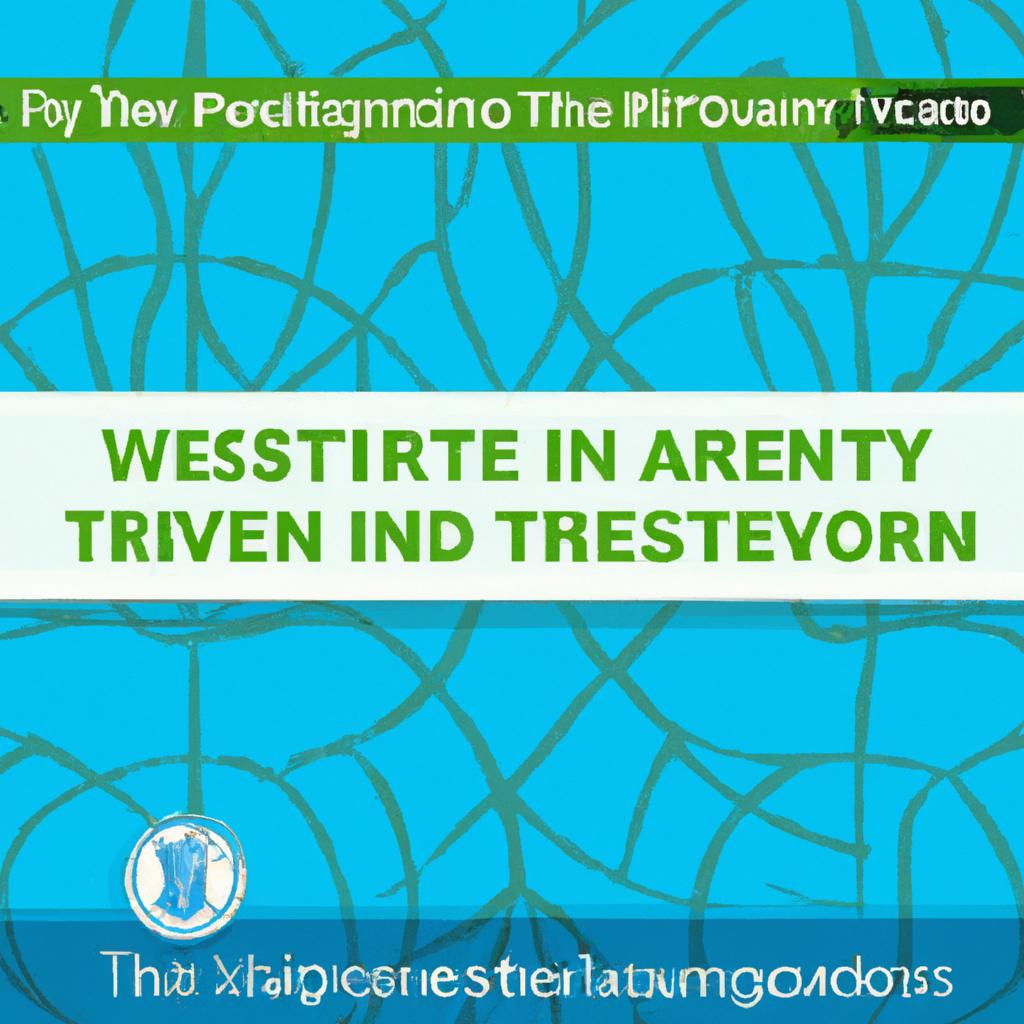Property Ownership in a Revocable Trust: Explained
When it comes to planning for the future, many people opt to establish a revocable trust to safeguard their assets and ensure they are distributed as desired. A common query that arises during the creation of a revocable trust is: who actually owns the property within it? This article aims to delve into this question and offer valuable insights on the topic.
Insight into Revocable Trusts
Prior to discussing property ownership within a revocable trust, it is crucial to grasp the concept of what a revocable trust entails and how it operates. A revocable trust, also referred to as a living trust, is a legal entity that holds assets on behalf of a settlor (the individual establishing the trust) and distributes these assets to beneficiaries in accordance with the trust’s terms.
A key aspect of a revocable trust is its flexibility, as the settlor has the ability to modify or revoke the trust during their lifetime. This adaptability enables the settlor to make alterations to the trust as their circumstances or preferences evolve.
Ownership of Property in a Revocable Trust
Within a revocable trust, the settlor maintains ownership of the property that is transferred into the trust. This signifies that the assets housed in the trust are still recognized as the property of the settlor, despite being held in the trust for the benefit of the beneficiaries.
While the settlor retains ownership of the property in a revocable trust, there are various key roles associated with the trust:
- Settlor: The individual who establishes the trust and transfers assets into it.
- Trustee: The individual or entity responsible for overseeing the assets held in the trust and distributing them as per the trust’s provisions.
- Beneficiaries: The individuals entitled to receive the assets held in the trust.
Advantages of a Revocable Trust
There are numerous advantages to creating a revocable trust, such as:
- Avoiding Probate: Assets within a revocable trust are typically exempt from probate, facilitating a smoother asset distribution process to beneficiaries.
- Privacy: In contrast to a will, which becomes public record during probate, a revocable trust allows for a more confidential asset distribution.
- Asset Protection: A revocable trust can offer protection for assets held within it from creditors and legal claims.
Practical Guidelines for Establishing a Revocable Trust
If you are contemplating setting up a revocable trust, here are some practical suggestions to bear in mind:
- Seek Advice from an Estate Planning Attorney: Collaborating with a seasoned estate planning attorney can ensure that your revocable trust is established correctly and complies with state regulations.
- Regularly Review and Update the Trust: It is essential to periodically review and update your trust to ensure it aligns with your current wishes and situation.
- Consider Funding the Trust: Transferring assets into the trust is a pivotal step in guaranteeing that the trust functions as intended.
Final Thoughts
To sum up, the settlor maintains ownership of the property within a revocable trust, even though the assets are housed in the trust for the beneficiaries’ benefit. Understanding the various roles within a revocable trust and the advantages it offers can aid individuals in making informed decisions regarding estate planning. By consulting with an estate planning attorney and adhering to practical tips for establishing a revocable trust, individuals can safeguard their assets and ensure they are distributed according to their preferences.
Demystifying Revocable Trusts: Who Really Owns the Property Inside
Revocable trusts are powerful estate planning tools that can help individuals manage their assets during their lifetime and ensure a smooth transfer of those assets to their loved ones after their passing. However, there is often confusion surrounding who actually owns the property inside a revocable trust. In this article, we will demystify revocable trusts and clarify the ownership of property held within them.
Understanding Revocable Trusts
A revocable trust, also known as a living trust, is a legal entity created to hold and manage assets on behalf of the trust’s creator (the grantor). The grantor can make changes to the trust, including adding or removing assets, during their lifetime. Additionally, the grantor retains control over the trust and can revoke or amend it at any time.
Who owns the property inside a revocable trust?
When a grantor transfers property into a revocable trust, the legal ownership of that property is transferred to the trust itself. However, the grantor retains beneficial ownership of the property, meaning they still have the right to use, sell, or manage the property as they see fit. This arrangement allows the grantor to maintain control over their assets while also benefiting from the protections and flexibility provided by the trust.
Benefits of Using a Revocable Trust
There are several benefits to using a revocable trust as part of your estate plan, including:
- Privacy: Unlike a will, which becomes a matter of public record upon death, a revocable trust allows for the private transfer of assets without probate.
- Flexibility: The grantor can amend or revoke the trust at any time, making it a versatile tool for managing assets during their lifetime.
- Asset protection: A revocable trust can protect your assets from creditors and lawsuits, helping to preserve your legacy for your beneficiaries.
- Probate avoidance: Assets held in a revocable trust avoid the probate process, saving time and money for your beneficiaries.
Practical Tips for Setting Up a Revocable Trust
When setting up a revocable trust, consider the following tips to ensure a smooth and effective estate planning process:
- Consult with a qualified estate planning attorney to create a trust document that reflects your wishes and meets your specific needs.
- Transfer assets into the trust by re-titling them in the name of the trust, ensuring that all necessary legal requirements are met.
- Review and update your trust regularly to reflect changes in your financial situation or family circumstances.
- Inform your loved ones of the existence of the trust and provide them with information on how it will be managed and distributed.
Case Study: The Benefits of a Revocable Trust
Let’s consider the case of Sarah, a single mother with two young children. Sarah decides to create a revocable trust to manage her assets and ensure that her children are provided for in the event of her passing. By transferring her home, investments, and savings accounts into the trust, Sarah avoids probate and ensures that her assets are distributed according to her wishes. The revocable trust also allows Sarah to name a trusted individual as a successor trustee to manage the trust for her children’s benefit until adulthood.
Conclusion
In conclusion, revocable trusts are valuable estate planning tools that can help individuals protect and manage their assets during their lifetime and beyond. By understanding the ownership structure of property held within a revocable trust and the benefits of using this estate planning tool, individuals can make informed decisions about their financial future and provide for their loved ones securely and efficiently.
The post Demystifying Revocable Trusts: Who Really Owns the Property Inside appeared first on lawyer.bet.





